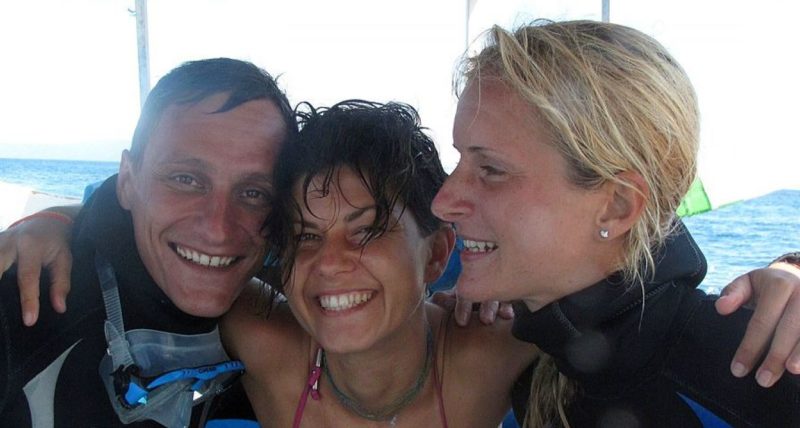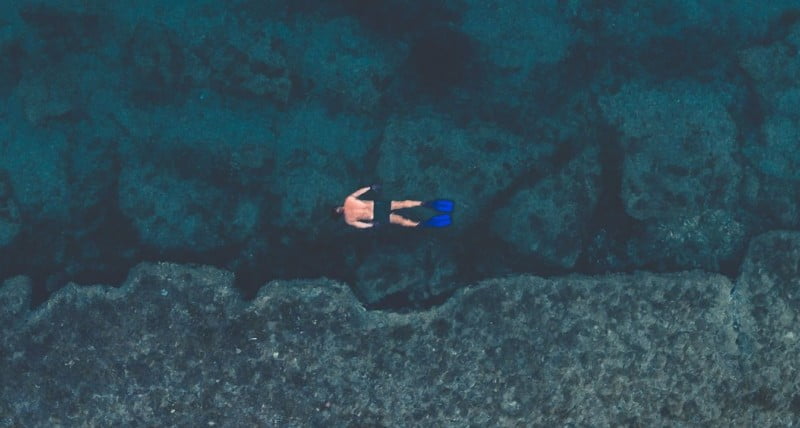Decompression Sickness and Scuba Diving
DCS is caused by a reduction in ambient pressure
No matter how much we enjoy scuba diving or being underwater, the human body was not made to resist the underwater conditions. Decompressions sickness usually appears in the case of the persons that practice scuba diving, but it can also manifest in people unrolling activities in a caisson or aircrafts. The sickness gets installed due to the formation of small bubbles, coming from the dissolved gases in our bodies. The symptoms of this condition may vary since the bubbles can travel anywhere in our body. They can produce pain in the joints or rashes on the skin, the most severe symptoms being paralysis, and in extreme cases even death. There is no pattern when it comes to the manifestation of decompression sickness, as it can affect two individuals in a different manner, and may affect one person differently from one day to another.
What is Decompression Sickness
When we are talking about scuba diving, the decompression sickness usually appears as the diver heads to the surface. This is the moment when the bubbles start accumulating in his tissues, causing damage. In most of the cases, the knees, elbows, ankles and shoulders are most affected. Pain in the joints manifests in 60 to 70% of all decompression sickness cases. Visual disturbances and headaches, which are neurological symptoms, occur only in 10 to 15% of the cases. Other symptoms of this kind can be numbness, altered senses, confusion, loss of memory and others. Another percentage of 10 to 15% is occupied by skin issues, like itching, formication, skin with marble appearance and swelling. The rarest symptoms are the pulmonary ones, which involve coughing, pain in the chest that makes breathing difficult, and shortness of breath.
How to avoid decompression sickness
The decompression sickness is treated by spending time in the high-pressure chamber, where a hyperbaric oxygen therapy will take place, for stabilizing the organism. Until a person with decompression sickness arrives at the chamber, 100% oxygen will be administered. The period of the treatment in the recompression chamber varies. Facts like the severity of the condition, the person’s history in scuba, the type of used therapy and the organism’s response can all affect the length of the treatment. After the treatment in the chamber, effects on a long term of the decompression sickness usually do not happen. But, there are situations when this type of illness can produce injuries for extended periods.
To manage this conditions better while scuba diving in Padangbai, scuba divers have developed a number of strategies to keep them safe.. While ascending they rest at so called safety stops, will slow down their ascent rate, will be well hydrated before the dive, will not consume alcohol or caffeine before diving, and will use breathing gases based on helium. For all divers, Padangbai Bali is an oasis where the passion for exploring the underwater world can come true. Experienced divers will have the necessary knowledge to keep themselves protected from decompression sickness, but if you are a beginner in this activity field, some diving courses are highly recommended. Luckily, OK Divers Resort in Padangbai Bali teach PADI certificated diving courses to introduce you to the secrets of a safe diving.



